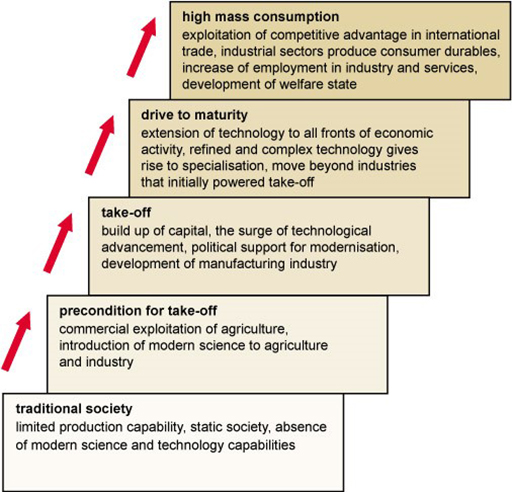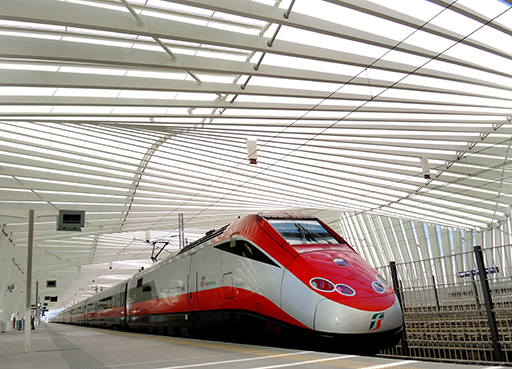4 Modernisation and development
The previous section highlights the need to critically examine accepted ideas, such as the understanding of development that emerged primarily in the United States and Western Europe in the last century. Doing so leads to an examination of the international power dynamics at work and of underlying assumptions and worldviews.
After the Second World War (post-1945), the industrialised countries of Europe and North America, often collectively referred to as the global ‘North’, were the dominant powers in the international system. The divide between them and the ‘developing’ countries of the global ‘South’ was not solely economic in nature, but also significant in terms of decision-making power. The United States, in particular, held great influence over global agreements and over major global institutions such as the World Bank and the International Monetary Fund (IMF). Development projects and funding was greatly influenced by ideas of modernisation and modernisation theory. These ideas position technology as a key driver of social change and at the heart of economic growth and progress. In this way of thinking, all countries should aspire to follow the path of industrialised countries.
The economic historian Walt W. Rostow likened industrialisation to flight and that of a plane taking off, a technological metaphor which fitted well with popular culture at the time. He outlined the process as occurring in five stages, as shown in the accompanying diagram.
In this process, ‘traditional’ societies are portrayed as unproductive, limited, and lacking the benefits of modern technology and science. With introduction and take-up of modern technologies, agricultural practices evolve and change, manufacturing industries develop and modernise. Technology spurs the evolution of service industries, employment rises, and consumer demand drives ongoing economic growth.
Taking a step further back in history, colonialism provided important influences in the evolution of modernisation theory and of international development. The process of decolonisation and granting of independence to former colonies brought with it a claimed sense of responsibility to promote social, economic and political reform in these countries following the model of developed countries (Hewitt, 2009). In this continuing dynamic, democracy is held up as the ideal governance system and individual choice is given precedence over social solidarity. It brings with it the idea of continuous improvement and progress, with science and technology being key to the process. Developed countries through institutions such as the World Bank used, and continue to use, their position of power and global influence to impose this way of thinking on developing countries in ways not always beneficial to these countries.
Binary opposites? A traditional means of transport relying on animal power (Figure 3) contrasts with the technologically advanced high-speed train (Figure 4).



